NPs Basic Information
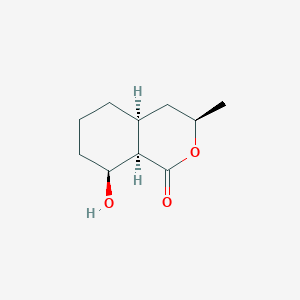
|
Name |
Dihydroramulosin
|
| Molecular Formula | C10H16O3 | |
| IUPAC Name* |
(3R,4aS,8S,8aR)-8-hydroxy-3-methyl-3,4,4a,5,6,7,8,8a-octahydroisochromen-1-one
|
|
| SMILES |
C[C@@H]1C[C@@H]2CCC[C@@H]([C@@H]2C(=O)O1)O
|
|
| InChI |
InChI=1S/C10H16O3/c1-6-5-7-3-2-4-8(11)9(7)10(12)13-6/h6-9,11H,2-5H2,1H3/t6-,7+,8+,9-/m1/s1
|
|
| InChIKey |
MXMDZXIALPKANE-RYPBNFRJSA-N
|
|
| Synonyms |
Dihydroramulosin; (3R,4aS,8S,8aR)-8-hydroxy-3-rnethyl-3,4,4a,5,6,7,8,8a-octahydro-1H-2-benzopyran-1-one
|
|
| CAS | NA | |
| PubChem CID | 10535485 | |
| ChEMBL ID | NA |
*Note: the IUPAC Name was collected from PubChem.
Chemical Classification: |
|
|
|---|
——————————————————————————————————————————
NPs Species Source
| Endophyte ID | Endophyte Name | Family | Genus | Taxonomy ID | GenBank ID | Closest GenBank ID | Reference | |
|---|---|---|---|---|---|---|---|---|
| Endophyte ID | Endophyte Name | Family | Genus | Taxonomy ID | GenBank ID | Closest GenBank ID | Reference |
NPs Biological Activity
| Bioactivity Name | Target ID | Target Name | Target Type | Target Organism | Target Organism ID | Potency of Bioactivity | Activity Type | Value | Unit | Endophyte ID | Endophyte Name | |
|---|---|---|---|---|---|---|---|---|---|---|---|---|
| Bioactivity Name | Target ID | Target Name | Target Type | Target Organism | Target Organism ID | Potency of Bioactivity | Activity Type | Value | Unit | Endophyte ID | Endophyte Name |
NPs Physi-Chem Properties
| Molecular Weight: | 184.23 | ALogp: | 1.3 |
| HBD: | 1 | HBA: | 3 |
| Rotatable Bonds: | 0 | Lipinski's rule of five: | Accepted |
| Polar Surface Area: | 46.5 | Aromatic Rings: | 2 |
| Heavy Atoms: | 13 | QED Weighted: | 0.581 |
——————————————————————————————————————————
NPs ADMET Properties*
ADMET: Absorption
| Caco-2 Permeability: | -4.546 | MDCK Permeability: | 0.00010727 |
| Pgp-inhibitor: | 0.005 | Pgp-substrate: | 0.038 |
| Human Intestinal Absorption (HIA): | 0.003 | 20% Bioavailability (F20%): | 0.016 |
| 30% Bioavailability (F30%): | 0.977 |
——————————————————————————————————————————
ADMET: Distribution
| Blood-Brain-Barrier Penetration (BBB): | 0.527 | Plasma Protein Binding (PPB): | 21.12% |
| Volume Distribution (VD): | 1.04 | Fu: | 68.35% |
——————————————————————————————————————————
ADMET: Metabolism
| CYP1A2-inhibitor: | 0.196 | CYP1A2-substrate: | 0.196 |
| CYP2C19-inhibitor: | 0.032 | CYP2C19-substrate: | 0.687 |
| CYP2C9-inhibitor: | 0.013 | CYP2C9-substrate: | 0.386 |
| CYP2D6-inhibitor: | 0.004 | CYP2D6-substrate: | 0.489 |
| CYP3A4-inhibitor: | 0.04 | CYP3A4-substrate: | 0.248 |
——————————————————————————————————————————
ADMET: Excretion
| Clearance (CL): | 9.675 | Half-life (T1/2): | 0.436 |
——————————————————————————————————————————
ADMET: Toxicity
| hERG Blockers: | 0.022 | Human Hepatotoxicity (H-HT): | 0.238 |
| Drug-inuced Liver Injury (DILI): | 0.575 | AMES Toxicity: | 0.087 |
| Rat Oral Acute Toxicity: | 0.054 | Maximum Recommended Daily Dose: | 0.225 |
| Skin Sensitization: | 0.877 | Carcinogencity: | 0.768 |
| Eye Corrosion: | 0.953 | Eye Irritation: | 0.972 |
| Respiratory Toxicity: | 0.757 |
——————————————————————————————————————————
*Note: the ADMET properties was calculated by ADMETlab 2.0. Reference: PMID: 33893803.
Similar Compounds*
Compounds similar to EMNPD with top10 similarity:
| Similar NPs | Similar Drugs | ||||||
|---|---|---|---|---|---|---|---|
| NPs ID | NPs 2D Structure | Similarity Score | TTD ID | Drug 2D Structure | Similarity Score | ||
| ENC004121 | 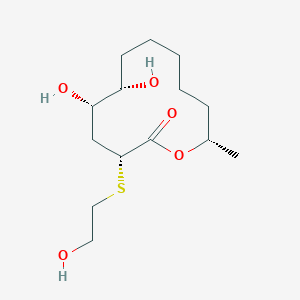 |
0.400 | D04CSZ |  |
0.275 | ||
| ENC002098 | 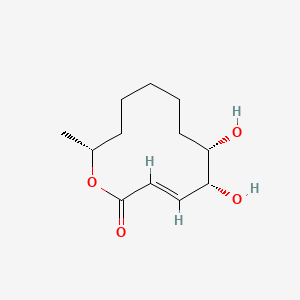 |
0.379 | D04URO | 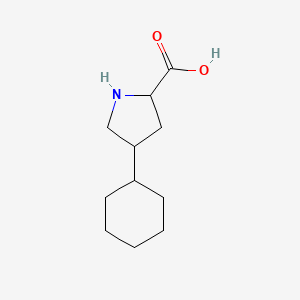 |
0.246 | ||
| ENC002200 |  |
0.379 | D0S3WH |  |
0.243 | ||
| ENC005043 |  |
0.370 | D04SFH | 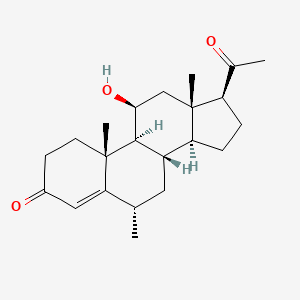 |
0.224 | ||
| ENC002508 |  |
0.351 | D0G6AB | 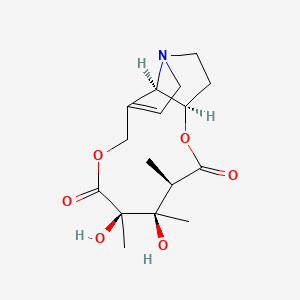 |
0.210 | ||
| ENC002735 | 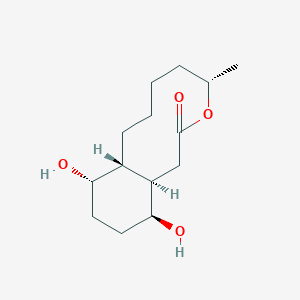 |
0.344 | D00YWP |  |
0.208 | ||
| ENC003480 | 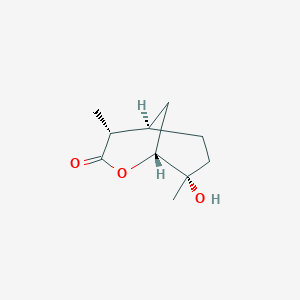 |
0.340 | D0T6RC | 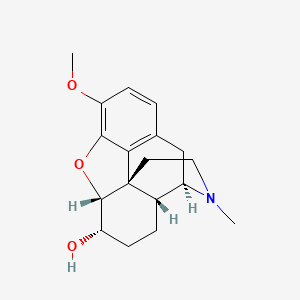 |
0.207 | ||
| ENC005373 |  |
0.333 | D0K0EK | 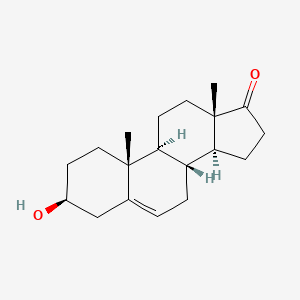 |
0.203 | ||
| ENC004882 |  |
0.333 | D0Z1FX | 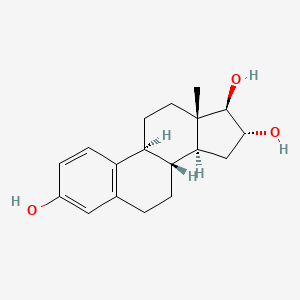 |
0.203 | ||
| ENC001284 | 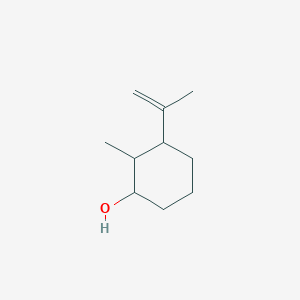 |
0.327 | D04DJN |  |
0.203 | ||